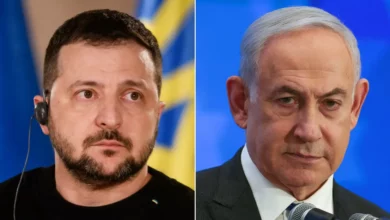
Italian photographer Valerio Vincenzo has spent the last eight years photographing the EU's internal boundaries: that's 26 countries and 16,500 kilometers of borders that can be freely crossed.
His serene images of abandoned customs houses and quiet beaches and woods raise questions about the authenticity of geographical boundaries and national identities.
His project "Borderline, the Frontiers of Peace" will be exhibited at the UNESCO headquarters in Paris in September.
He recently spoke with CNN about his project and desire for a "pre-1914 Europe" free of borders.
CNN: Europe's Schengen Agreement is a pretty strange inspiration for an art project, isn't it?
Valerio Vincenzo: The Schengen Agreement led to the creation of the Schengen Area, which since 1995 has allowed Europeans to freely travel, live and work in many EU countries — 26 as of today.
This was inconceivable during the Cold War and is probably the most important historical event in Europe since World War II.
I wanted to give visibility to this radical change.
CNN: Border zones aren't particularly photogenic, are they?
Vincenzo: I show images that are very different from what we tend to associate with the notion of borders: fences, barbed wire, patrols.
By showing very calm, peaceful border landscapes, I question the meaning nowadays of borderlines between countries.
I want to talk about the borders of the future, more than about the borders of the past.
CNN: Which was the first photograph in the series?
Vincenzo: The first was shot in 2007 and shows the customs house between France and Belgium, which has been converted into a chocolate shop.
When I started, I was interested in showing all the abandoned customs houses, but soon became more intrigued by landscape images of the borderline.
CNN: You used a 1964 Hasselblad with a 50mm lens. Why go vintage?
Vincenzo: I needed a sturdy camera that does not need batteries to work and that can produce an image with a very high resolution.
I also like the fact that each roll of film I use only has 12 pictures.
The less pictures I can shoot, the more I think before shooting!
CNN: Do you have a favorite picture?
Vincenzo: The image of the border between Italy and Switzerland with the snow.
I like its simple and essential composition.
CNN: What opportunities have you enjoyed as a self-described member of the "Schengen generation"?
Vincenzo: I was born in Italy, I lived in France for the past 10 years and acquired French nationality, and now I am based in the Netherlands.
Without having to do any paperwork at all, I cannot only travel but also live and work at any time in any of the 26 countries of the Schengen Area.
I still remember when I first moved to France in 1993, just before the Schengen Agreements: getting a residence permit was a nightmare.
CNN: The freedom to cross EU borders has been challenged by the current migrant crisis in Europe, particularly in your home countries of France and Italy.
Vincenzo: The temporary checks at the French-Italian border and the wall between Greece and Turkey, as well as the fences of the Spanish enclave of Melilla or the projected fence between Hungary and Serbia, make me sad and ashamed.
I think that we should learn from history; it has a lot to teach us.
Barriers between countries and walls between people might give the impression they solve the situation in the short term, but they actually have never been a long-term viable solution in Europe, as well in the rest of the world.
CNN: What's the solution?
Vincenzo: As Stefan Zweig recalled in his "World of Yesterday," before 1914, there were no passports, visas, permits or authorizations required, and everyone could freely travel around the world.
I know this sounds utopian nowadays, just as the Europe that I show in my pictures sounded utopian less than 50 years ago.
I strongly believe we should work today towards a pre-1914 free liberty of movement for everyone.
This should be a basic right of every individual.
CNN: A lot of your photographs feature people you met by chance along the borders.
Vincenzo: I met many people during this project.
I heard many stories linked to the former existence of borders: stories of families or couples split in two, stories of smuggling and stories of the adventurous lives of the former customs officers.
Collecting these stories is a whole other job that I hope somebody will do or is doing at the moment.
CNN: How was your recent trip to the edges of the EU?
Vincenzo: I traveled along the EU borders of Croatia and Romania.
From 2007 to 2013, I crossed Schengen borders more than a thousand times without ever having to show my ID, but on this trip, I was stopped by border controls numerous times.
I had the unpleasant impression of jumping back into a surreal and irrational past.
I am anticipating that these EU countries will join the Schengen Area in the years to come.
The border between Germany, left, and Poland, right, has been in place since the end of World War II. The Schengen Agreement of 1985 and creation of the Schengen Area 10 years later means people can travel freely across 26 EU countries, something inconceivable during the Cold War.
Seebad Heringsdorf, Germany, and Swinoujscie, Poland (2012)

The border between Germany, left, and Poland, right, has been in place since the end of World War II. The Schengen Agreement of 1985 and creation of the Schengen Area 10 years later means people can travel freely across 26 EU countries, something inconceivable during the Cold War.
Border between Le Perthus, France and Els Límits (2010)
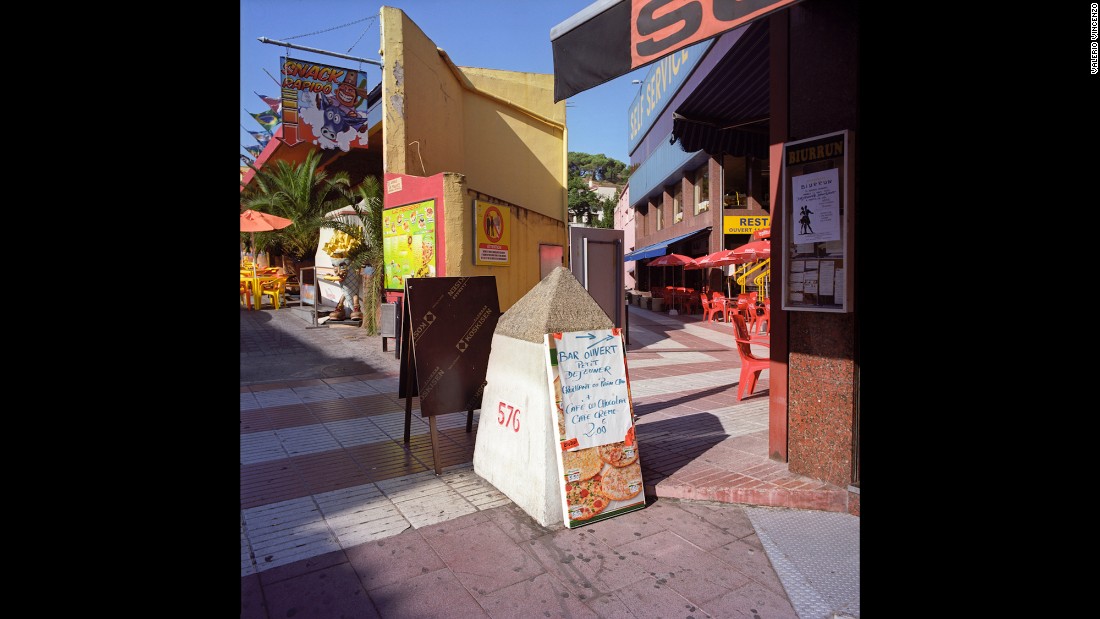
This village advertises itself as the great frontier shopping center, open 365 days a year. This is border post 576 between France and Spain. It is used to support a cafe menu.
Gobba di Rollin, between Switzerland and Italy (2008)
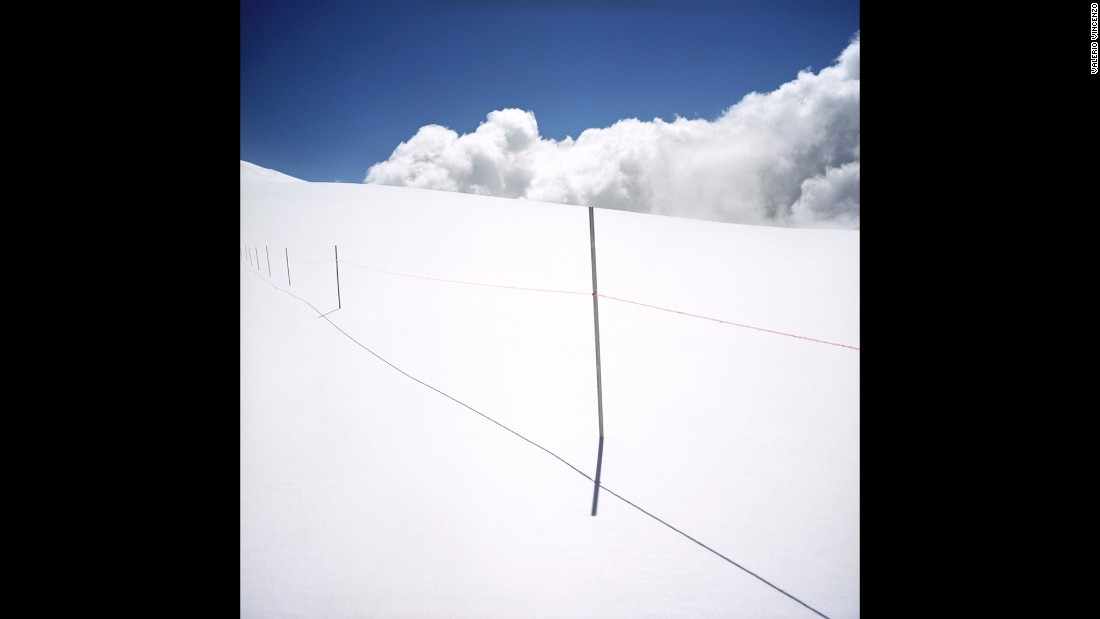
The Swiss-Italian border was established in the Napoleonic era, and has been in place since 1815. Much of the border runs across the High Alps, but it also descends to Lake Maggiore in Switzerland.
Germany-Austria 2012
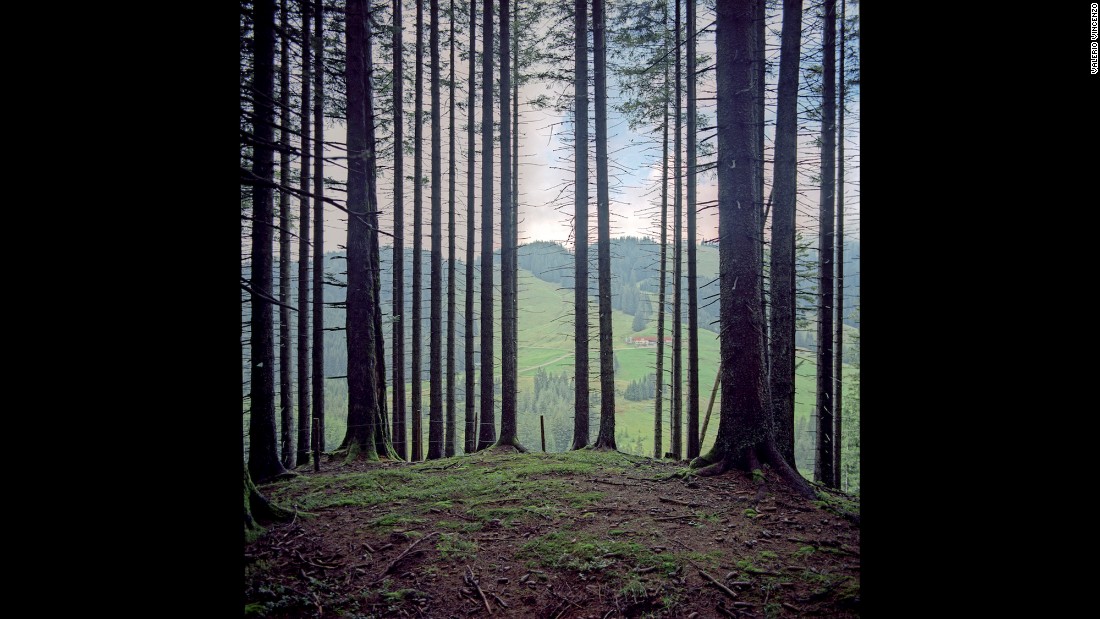
Jungholz is an Austrian village surrounded by Germany and connected to Austria at only one point (the border is in the shape of a figure eight). Germany is in the foreground and Austria in the background.
Waldheim restaurant in Busingen, Germany (2008)
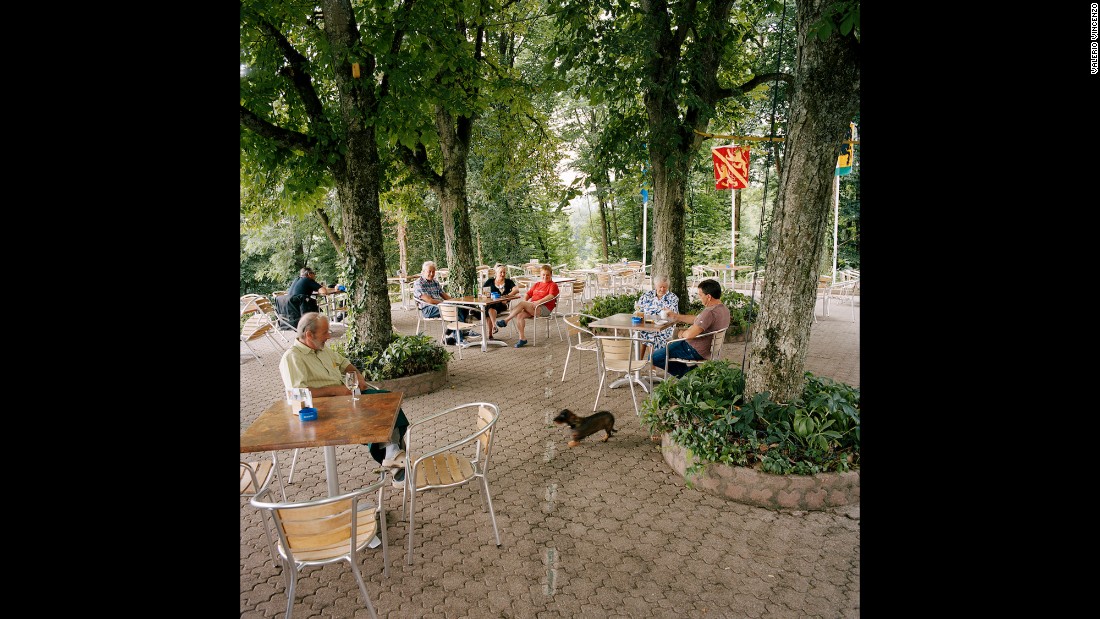
When the owner discovered the outdoor seating area of his restaurant was split in two by the border between Germany and Switzerland, he decided to make it visible by painting it white. Customers can now choose in which country they want to sit.
Baltic Sea beach between Sventoji, Lithuania, and Rucava, Latvia
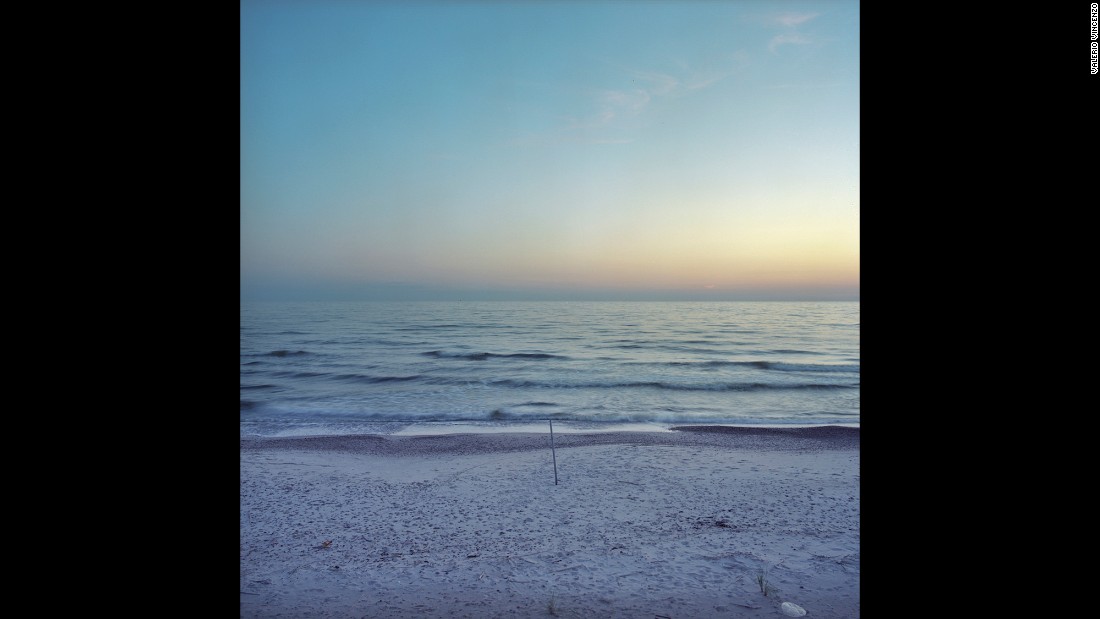
Lithuania and Latvia both declared their independence from the Russian Empire in 1918, but underwent Soviet and Nazi occupation, then Soviet reoccupation, during the 20th century.
D6327 road between Menton, France, and Grimaldi, Italy (2007)
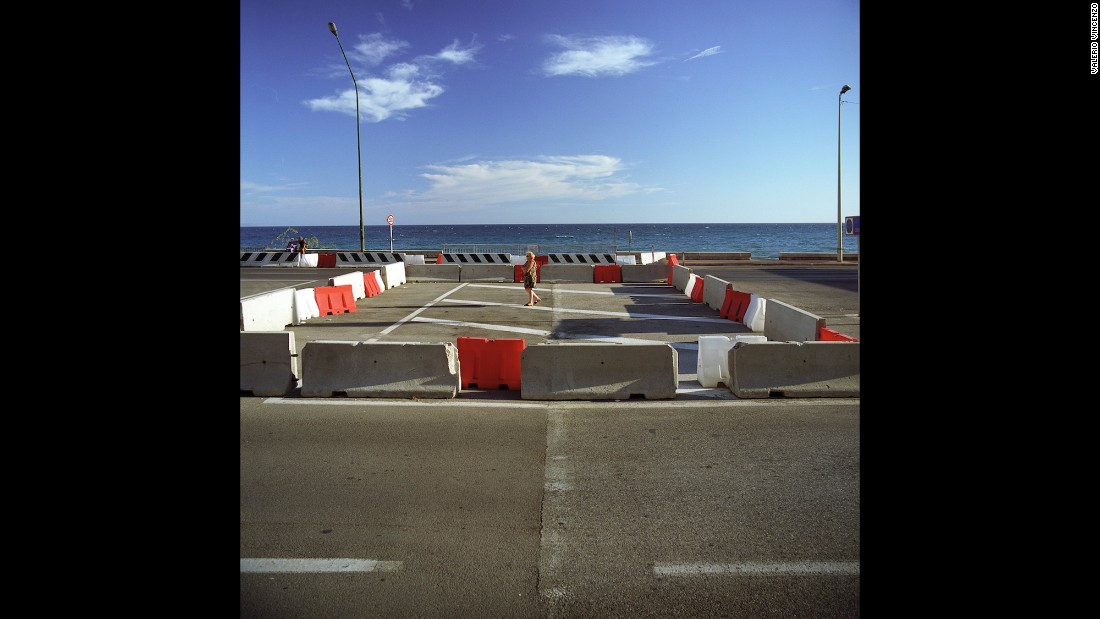
Here the border between the two countries is indicated by a change in road surface — the result of each country using different maintenance companies (Italy on the left, France on the right).




